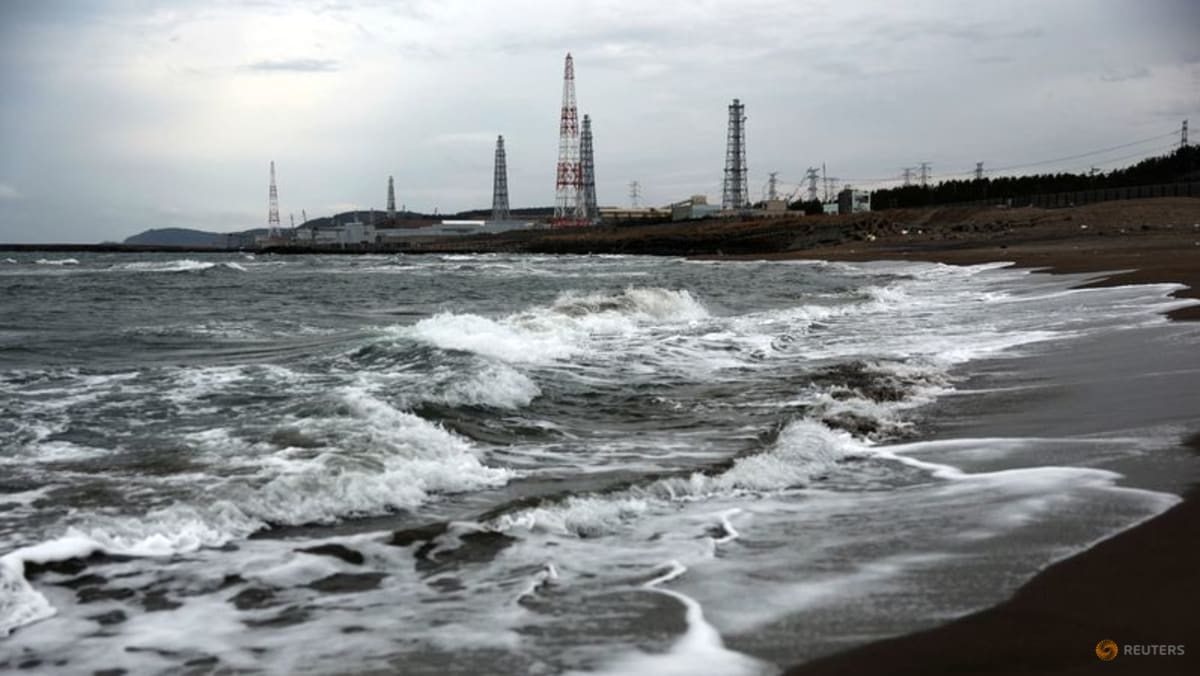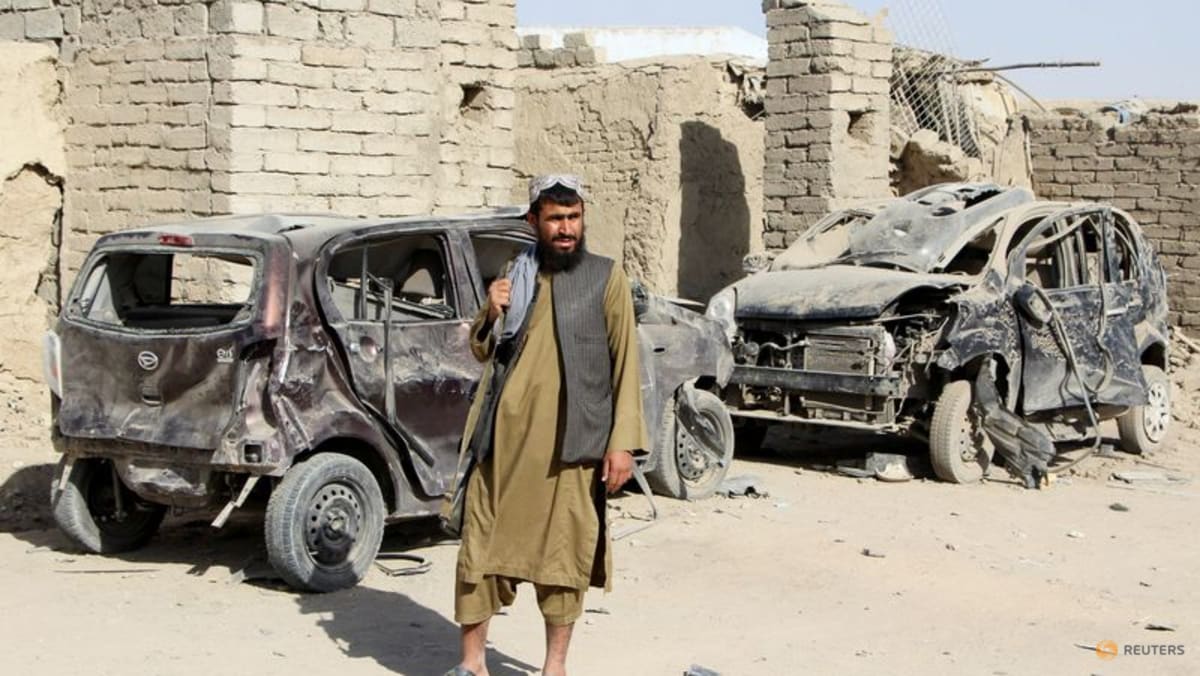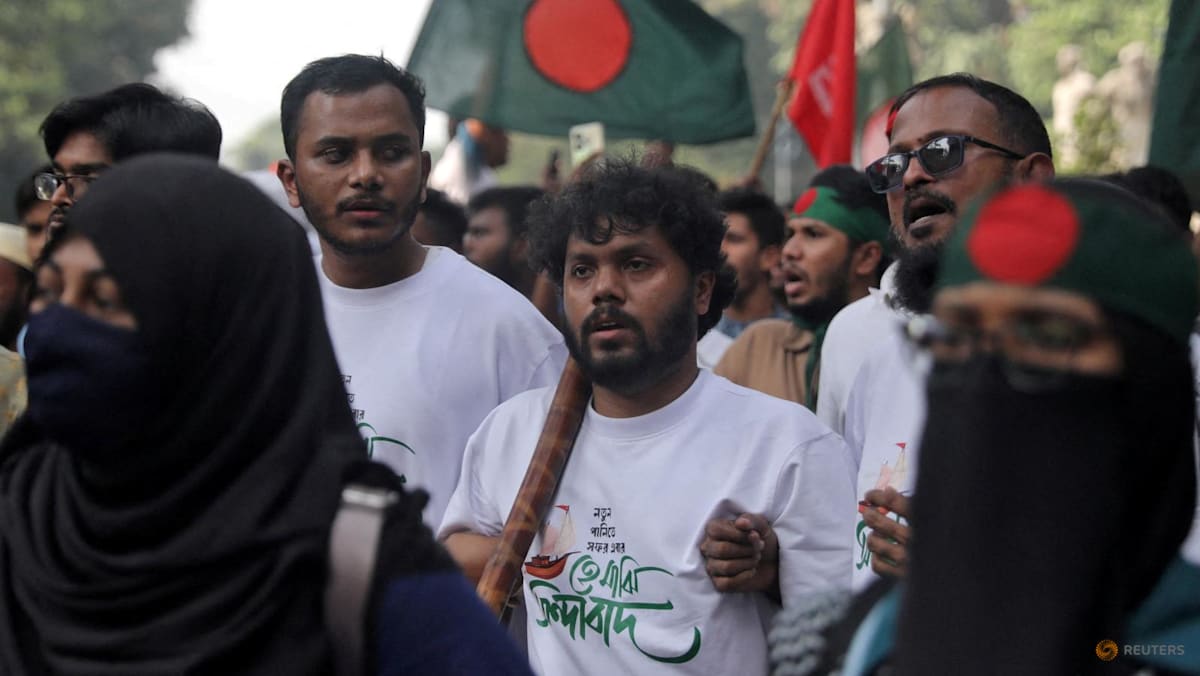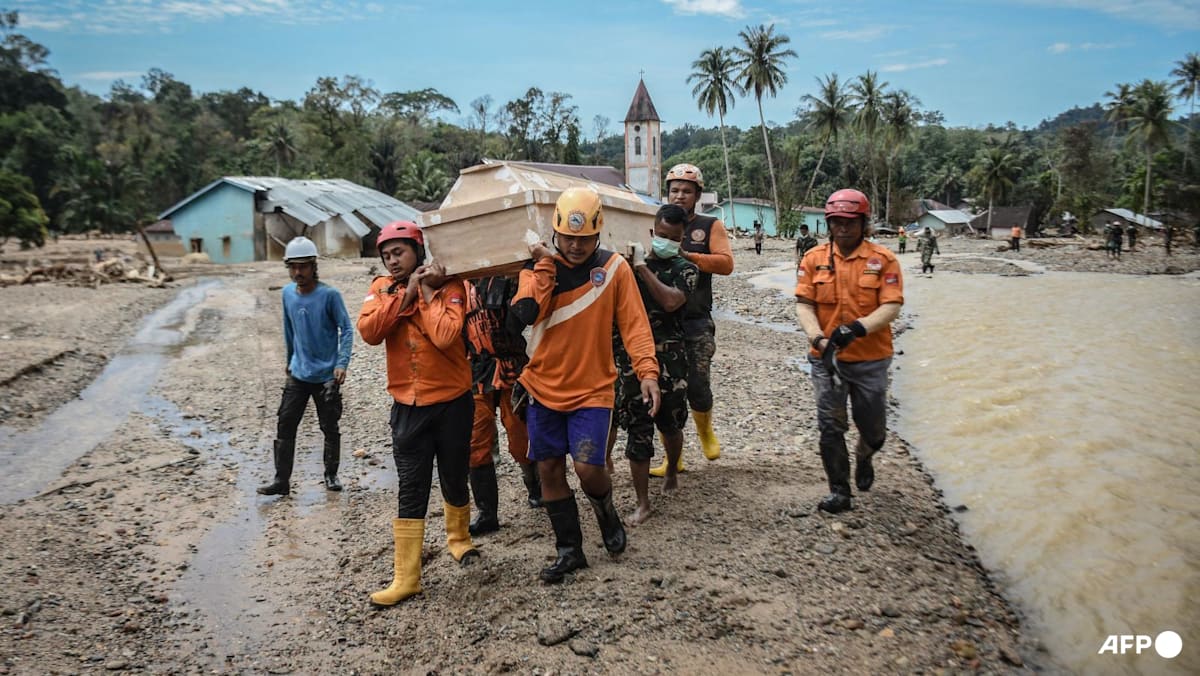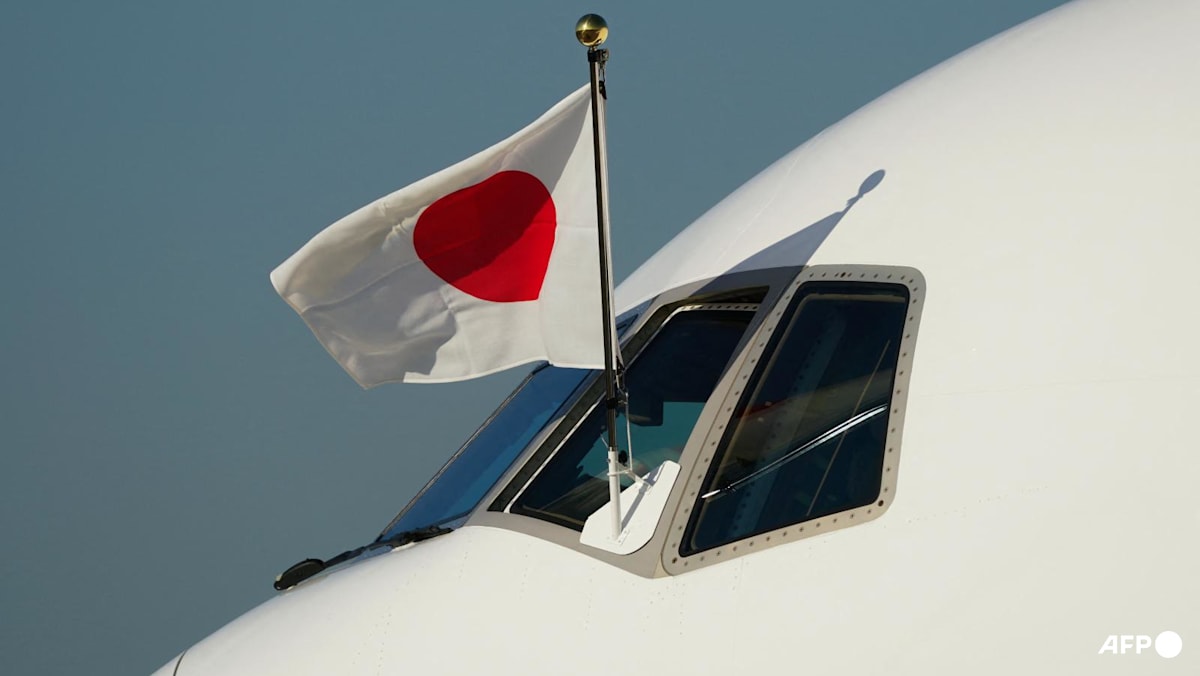South Asia air pollution fell in 2022, but remains major killer: Report
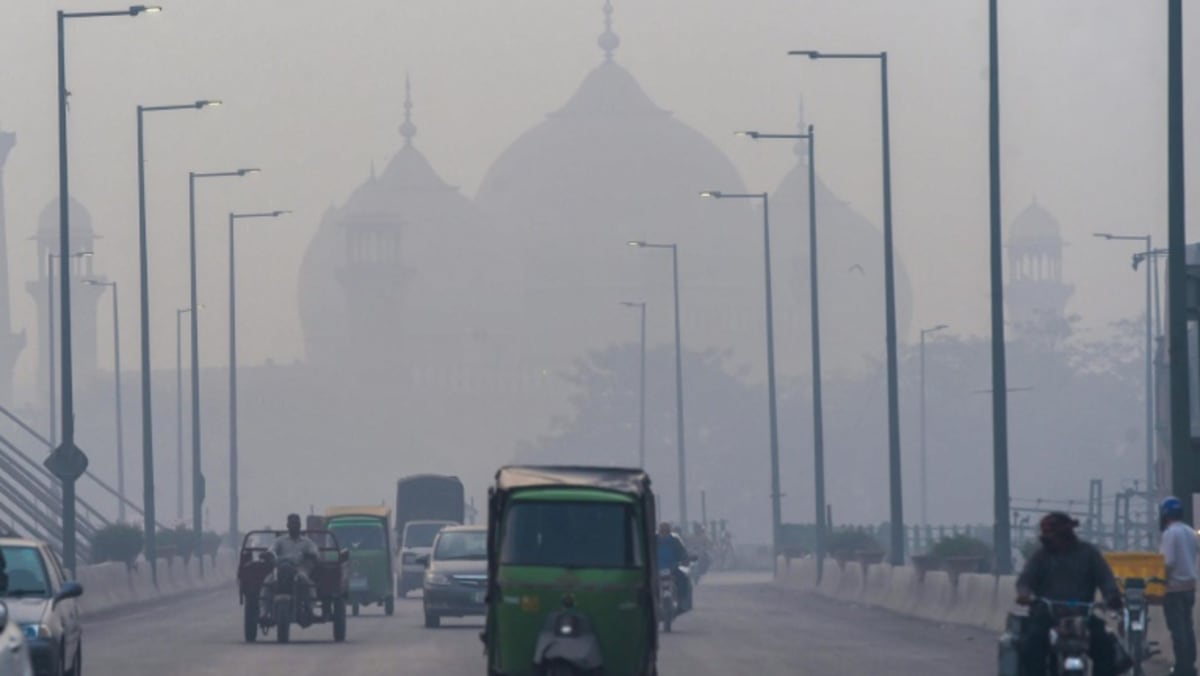
BANGKOK: A surprise improvement in air quality in South Asia in 2022 drove a decline in global pollution, with favourable weather a likely factor, a new report said on Wednesday (Aug 28).
But the region continues to breathe the world’s most polluted air, with its residents losing more than 3.5 years of life expectancy on average, the annual Air Quality Life Index (AQLI) warned.
And globally, most countries have either no pollution standards or are failing to meet what they have set, subjecting their citizens to air quality that causes a broad range of health problems.
For two decades, air pollution has increased annually in South Asia, but satellite data for 2022 – the most recent year available – showed a surprise 18 per cent fall.
The declines were recorded in every country in the region apart from Sri Lanka, according to the report, produced by the University of Chicago’s Energy Policy Institute (EPIC).
“While it is difficult to conclusively determine what reduced PM2.5 levels across South Asia, it is safe to posit that favourable meteorological conditions may have played a part,” the report said, referring to tiny particulates that can travel deep into the body.
The widespread nature of the decline, along with the above-average rainfall across the region in 2022, lend support to that theory.
“Only time will tell whether policy changes are having an impact,” the report added, warning that people in South Asia are still breathing air eight times more polluted than the World Health Organization deems safe.
“Continued observations, efforts towards policy enforcement and monitoring impacts of policy interventions will be critical for understanding and sustaining these reductions,” the report said.
The decline in South Asia led to a nine per cent global drop in air pollution, even as poor air quality spiked elsewhere, including in the Middle East and North Africa, with concentrations up 13 per cent from a year earlier.
Source: CNA



